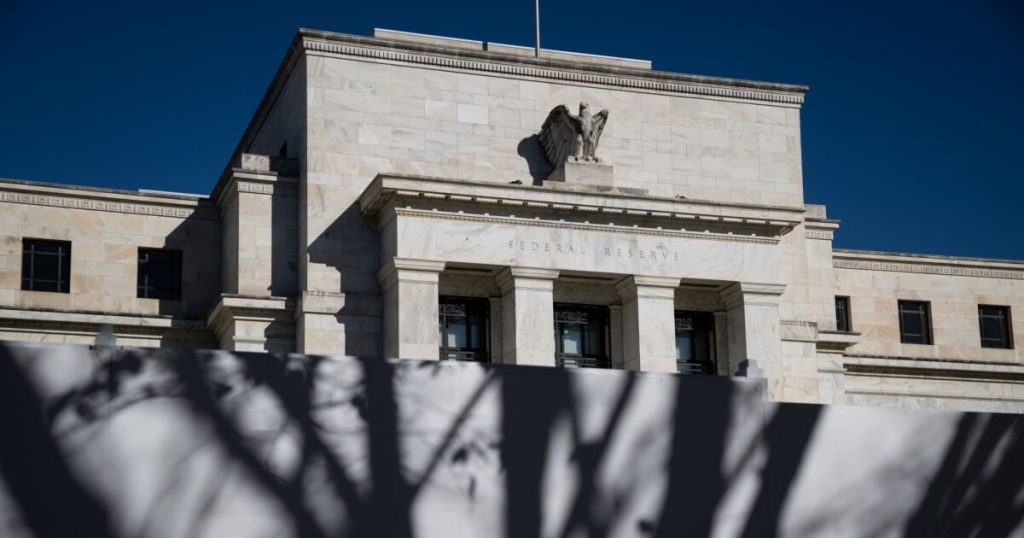The biannual
In the report, the Fed concluded that financial markets continued to function through the period of heightened volatility that followed the April 2 rollout of President Donald Trump’s sweeping
Notably, liquidity in the Treasury market fell to its lowest level since the short-lived banking crisis of 2023. Markets for corporate bonds, municipal bonds and equities followed suit. Liquidity conditions have since improved, but have remained subject to swings based on subsequent news reports and
Yet, these headwinds and the related uncertainties tied to trade, spending and other policies have not caused investors to write down asset values, the report noted, even those that appear to be overvalued.
“Smoothing through this volatility, asset valuations remained high relative to fundamentals in a range of markets, including those for equities, corporate debt, and residential real estate,” the report notes.
Hedge funds, specifically those involved in Treasury-linked
The banking sector, meanwhile, appears to be in good condition, with regulatory capital on balance sheets continuing to rise above minimum levels, liquidity being “ample” and banks reducing their reliance on uninsured deposits. The report nonetheless points to still-high unrealized losses and interest rate risk exposures as potential vulnerabilities going forward.
The report also flagged rising delinquencies — particularly in commercial and industrial loans, as well as loans backed by commercial real estate — as a source of concern, though it noted that most of those assets are held by large banks with sufficient loss allowances.
Still, banks remain in a cautious position, the report found, as the extension of new credit continued to slow down during the first few months of 2025. Small businesses and households with low credit scores have had the hardest time accessing bank credit, as a result of higher interest rates and stricter lending standards. Large corporations and prime borrowers, by contrast, have generally been able to have their credit needs met.
The Fed also delved into its balance sheet management in the report. The central bank has reduced its overall holdings by $176 billion this year, even as it
These reductions efforts have yet to infringe upon banks’ access to funds at the central bank, known as reserves — avoiding a scarcity situation that could disrupt market function and the transmission of monetary policy. In fact, the report notes, banks have actually increased their overall reserve holdings by $108 billion since 2022, including $24 billion added since January.
Instead, most of the asset reduction has been offset by a different set of liabilities, namely the overnight reverse repurchase agreement facility, which allows money market funds to park assets at the Fed overnight for a modest return. That facility has dropped by $1.7 trillion during the past three years, but has increased slightly since the beginning of 2025, a development the report attributes to a decline in new issuance of short-term Treasury bills.
The bulk of the Fed’s recent liability reduction has come from the Treasury’s general account, which has fallen by more than $300 billion this year.
Overall, the report paints a picture of monetary policy that continues to be effective in bringing inflation toward the Fed’s 2% target. But, it also notes that recent policy changes have created an uncertain environment for the economy and, with it, have necessitated keeping monetary policy adjustments on-hold.
Still, it points to medium- and long-term expectations for both inflation and the future position of monetary policy as evidence that financial markets are confident in the Fed’s approach.
“Although measures of shorter-term inflation expectations have moved sharply higher this year, reflecting concerns around tariffs, most measures of longer-term inflation expectations have remained within the range of values seen in the decade before the pandemic and continue to be broadly consistent with the FOMC’s longer-run objective of 2% inflation,” the report reads.

